Reducing
greenhouse gas
emissions
And turning dairy cow manure into a revenue opportunity for farmers while bringing more renewable natural gas to the grid.
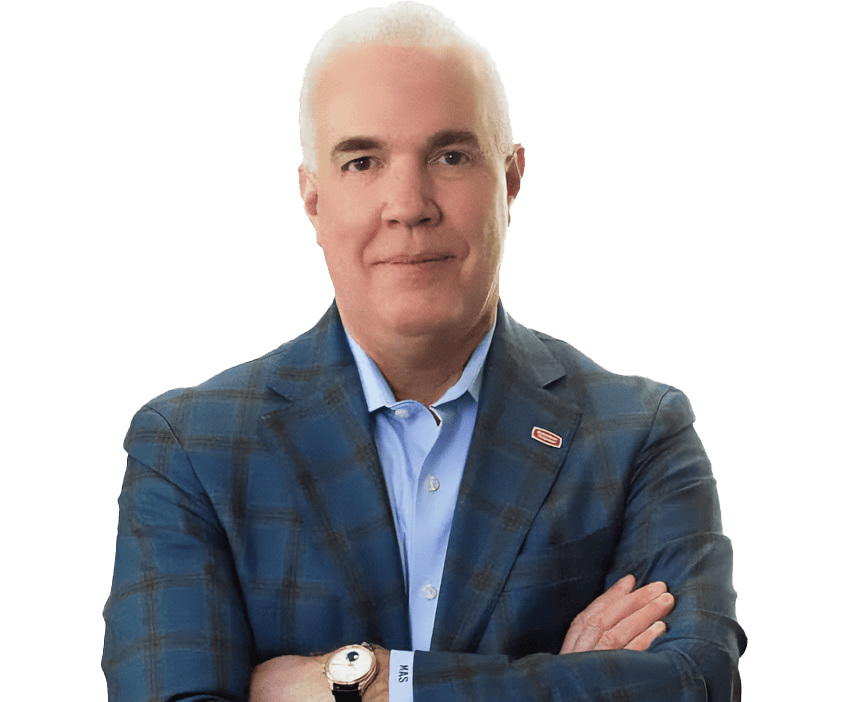
Michael Stivala | President & CEO
Suburban Propane
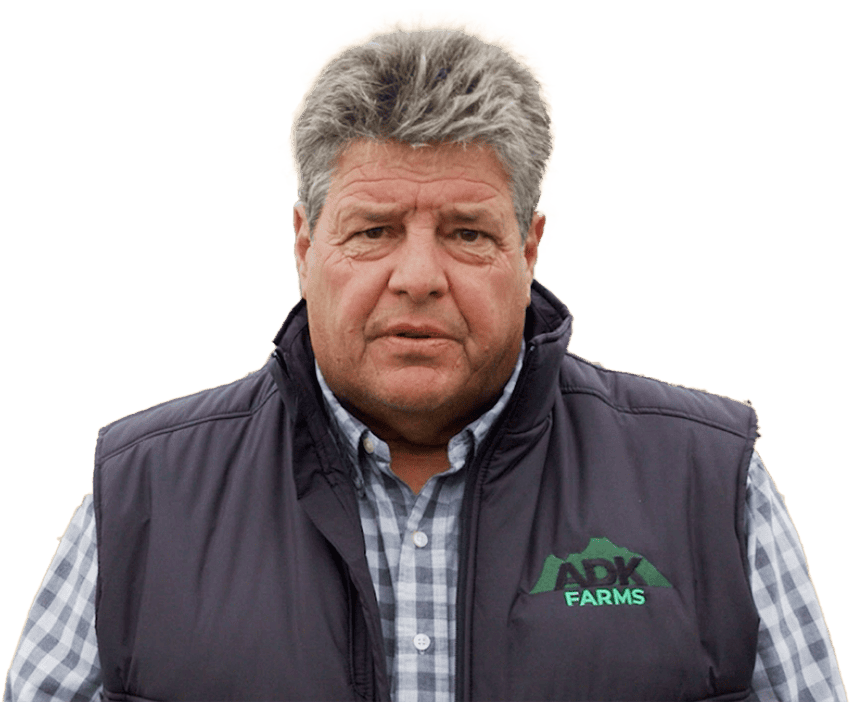
Jon Rulfs | CEO
ADK Farms
Harnessing the power of organic matter
There are over two thousand biodigester sites in the United States.1 Dairy farms across the country are using biodigesters to reduce greenhouse gas emissions and create revenue opportunities.
A biodigester is a device in which organic waste matter is digested by bacteria to produce biogas and a nutrient-rich slurry. The nutrient-rich slurry is used as fertilizer and the biogas is either burned directly in an electric generator to produce renewable electricity or it is processed into renewable natural gas (“RNG”). RNG is a drop-in replacement for natural gas that can be blended with existing natural gas and moved through the existing natural gas transmission and distribution system.
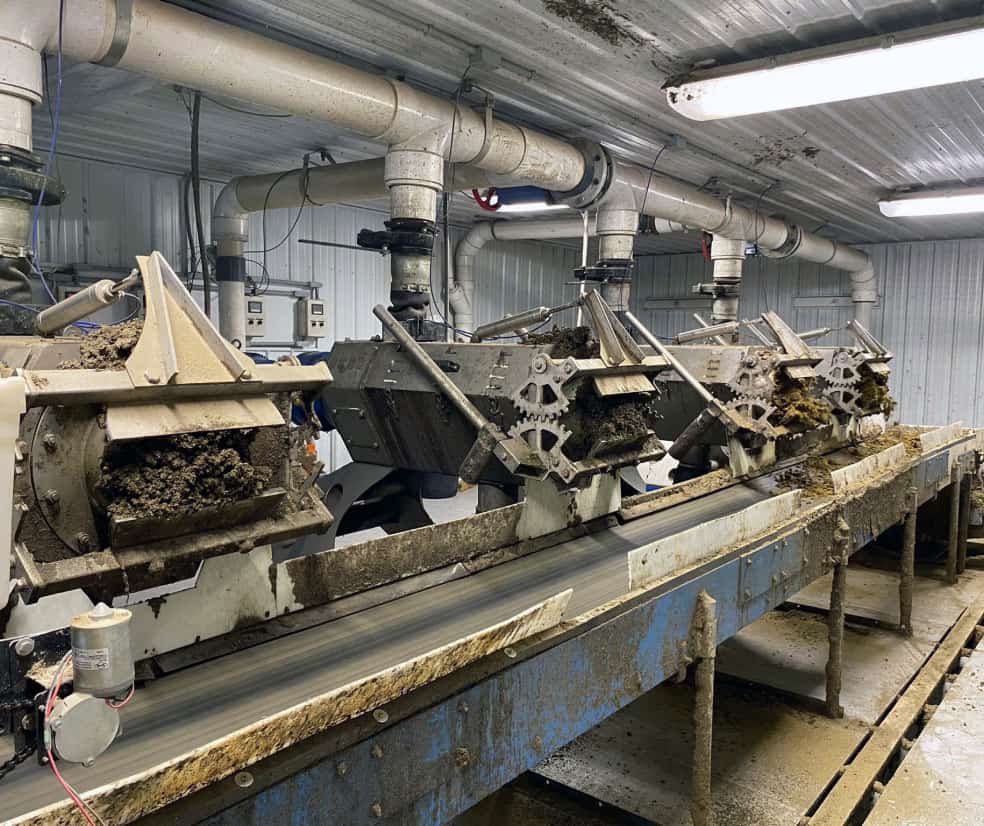
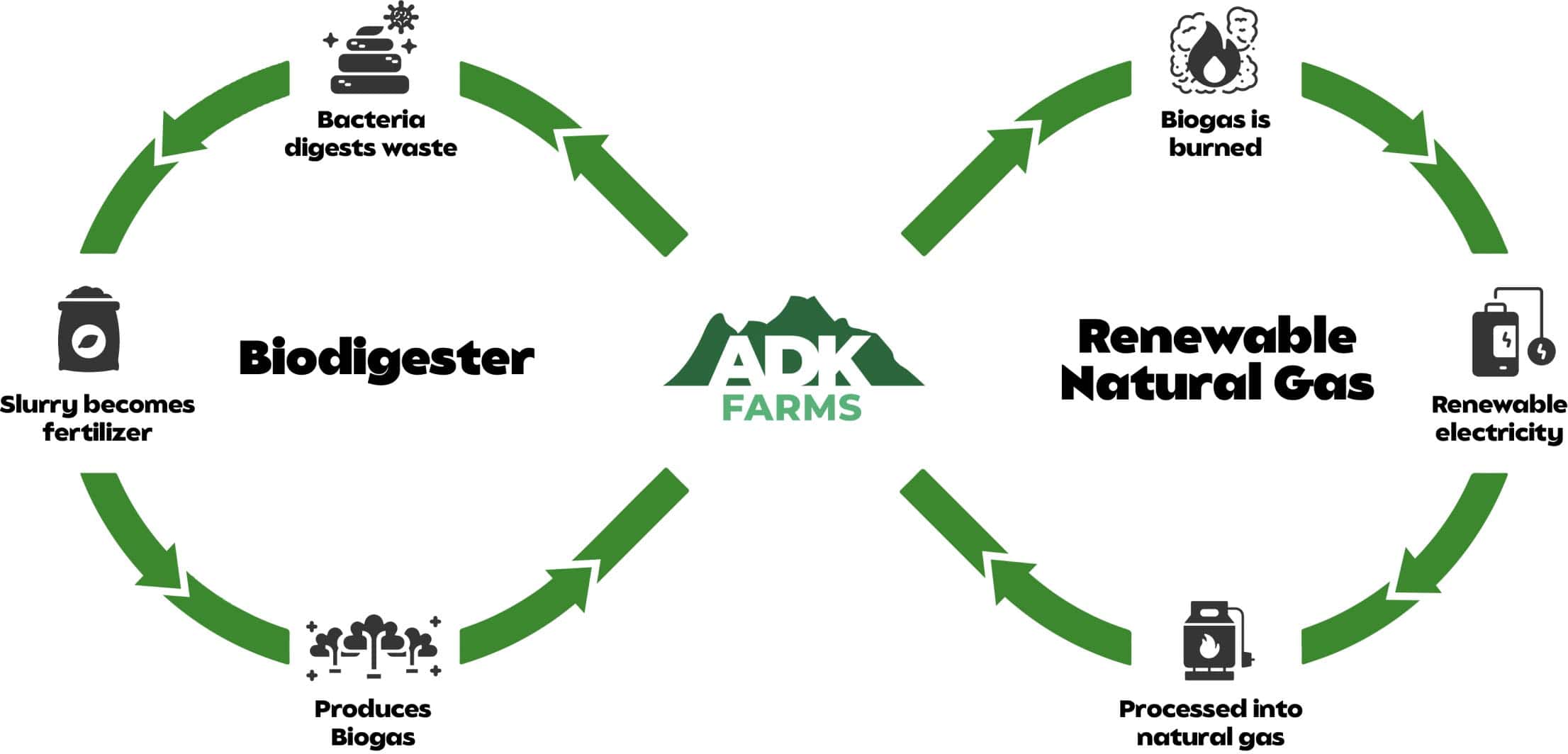
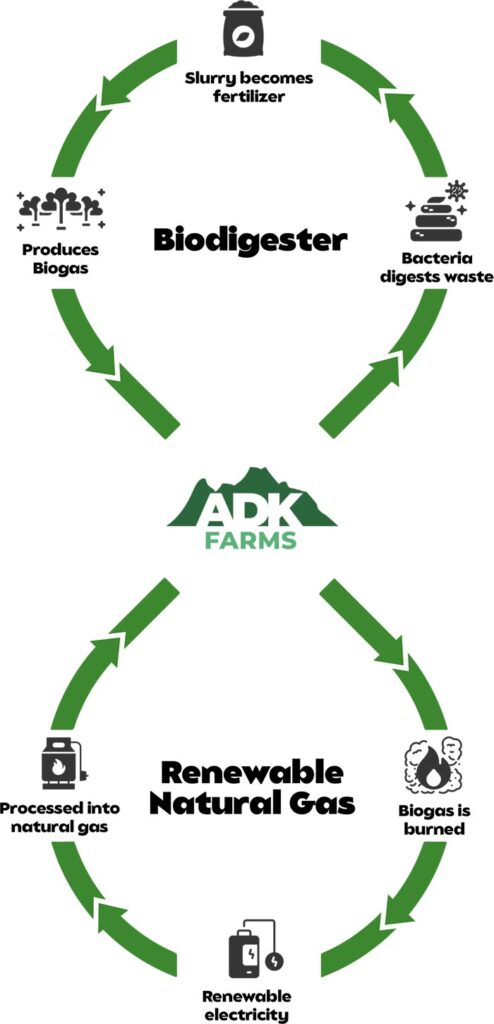
Anaerobic digestion takes place in an oxygen-lacking (anaerobic) container with temperatures and conditions favorable to microorganisms, the powerhouse of the digestion process. Biodegradable material such as manure, wastewater sludge, food waste, etc. is fed into the system. The microorganisms break down, or “digest” the organic material, creating biogas and digestate. Biogas contains mostly (50 – 75%)2 methane, plus carbon dioxide, hydrogen sulfide, water, and trace compounds. Biogas can be used in place of fossil-based natural gas to generate electricity, heat, or even bioplastics, and can be further conditioned into renewable natural gas and transportation fuels. And the solid and liquid portions of the digestate have many beneficial uses--fertilizer, animal bedding, crop irrigation, soil amendment, sustainable building materials, etc.
Benefits of anaerobic digestion
Reducing potent greenhouse gases
Methane is 25 times more potent than carbon dioxide at trapping heat in the atmosphere.3 Managing methane from farm operations and manure provides climate benefits.
Removing odor and pathogens
The digestion process removes odors and pathogens from manure, improving the quality of life for those on the farm and those in surrounding communities.
Improving solid health
The liquid portion of the nutrient-rich slurry from the biodigester is used as fertilizer helping to improve soil quality and crop yields. The solid potion of the nutrient-rich slurry is used as bedding material for livestock on the farm.
Multiple end-use applications
Biogas RNG can be injected into the existing natural gas pipelines and used as a sustainable alternative anywhere conventional natural gas is used—electricity, heating, transportation fuel, and much more.
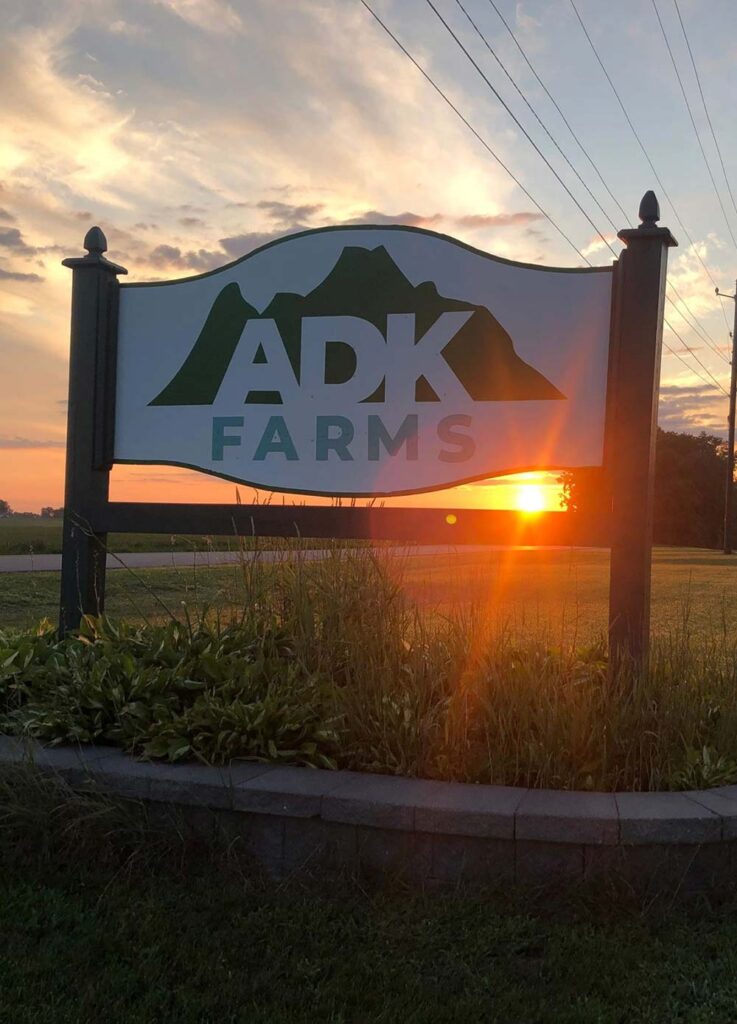
We'd love to hear from you
Please Call Us for any questions/inquiries or fill out the form below.